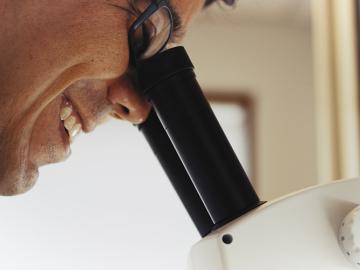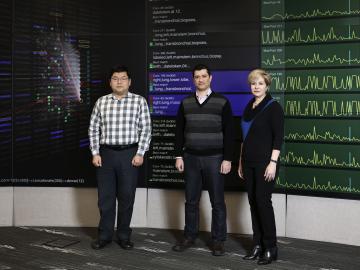
Filter News
Area of Research
News Type
News Topics
- Biology (1)
- Biomedical (1)
- Climate Change (1)
- Composites (1)
- Computer Science (3)
- Cybersecurity (2)
- Energy Storage (1)
- Fusion (1)
- Grid (2)
- Isotopes (3)
- Materials Science (2)
- Microscopy (1)
- Molten Salt (1)
- Nanotechnology (1)
- Nuclear Energy (2)
- Physics (1)
- Polymers (2)
- Security (2)
- Space Exploration (1)
- Transportation (3)
Media Contacts
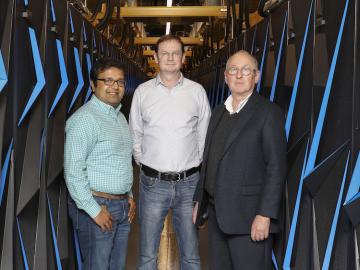
Nearly a dozen scientists across Oak Ridge National Laboratory are teaming with medical researchers and leveraging ORNL’s biggest science tools to solve a modern-day biology grand challenge: unlocking the secrets of disordered proteins. These flexible molecules are believed to constit...
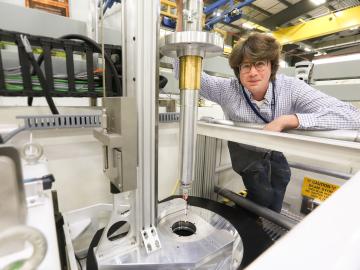
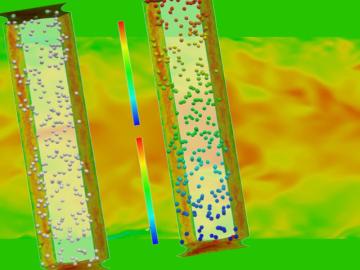
The intrinsic beauty of bubbles—those thin watery spheres filled with air or other gases—has long captured the imagination of children and adults alike. But bubbles are also a linchpin of nuclear engineering, helping to explain the natural world, predict safety issues and improve the...
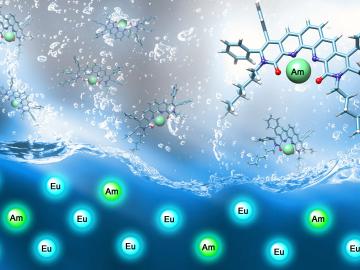
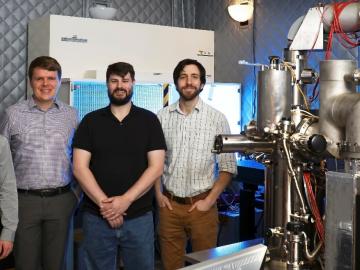
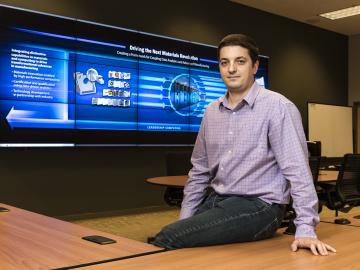
Leveraging his expertise in image processing, sensors, and machine learning, Vincent Paquit is devising a control system for additive manufacturing to produce 3D-printed parts that function as well as conventionally produced objects. Paquit’s research sits at the junction of manufacturing technol...
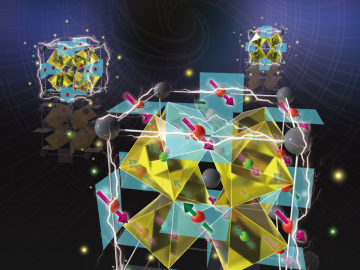

Last November a team of students and educators from Robertsville Middle School in Oak Ridge and scientists from Oak Ridge National Laboratory submitted a proposal to NASA for their Cube Satellite Launch Initiative in hopes of sending a student-designed nanosatellite named RamSat into...
